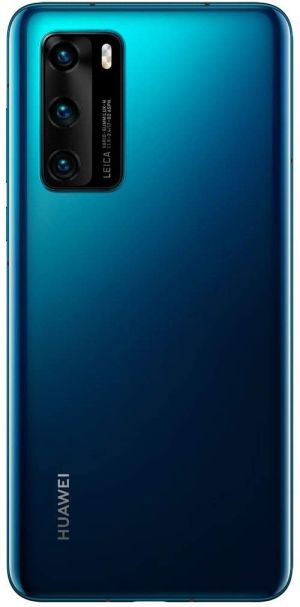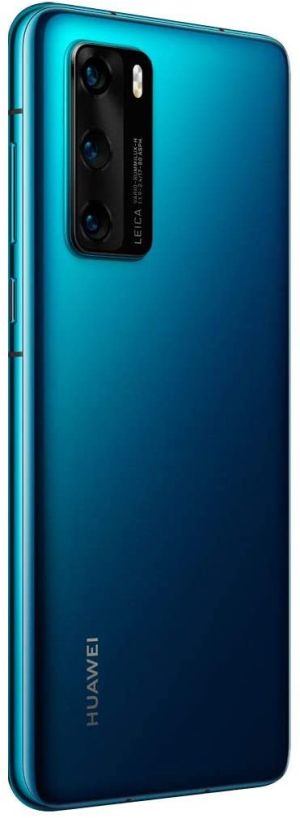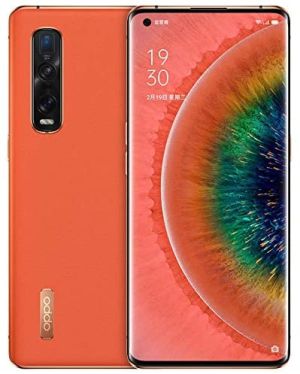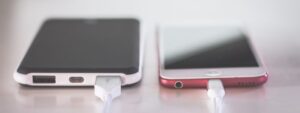
Getting a best wireless charger can help you in charging various kinds of electronic devices ranging from mobiles to handheld game devices. This will reduce the amount of wires in the household and also would make the charging of devices easier. It will also save a lot of time as many devices can be charged simultaneously.
With plenty of options on the market, it becomes quite difficult selecting a best wireless charger for your needs. That is why in this article we have reviewed some of the best ones on the market for an easier buying decision from you. I have also list down the wireless charger which are suitable for different budgets.
If you want to skip all that, the best overall is Anker Wireless Charger.
A Spotlight On The Best Wireless Charger
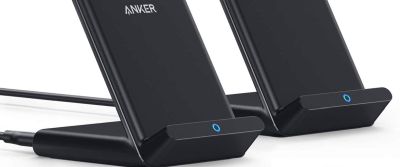

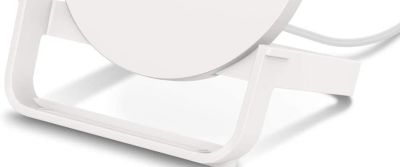

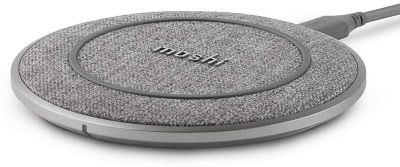

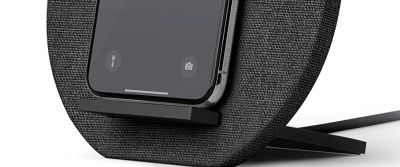

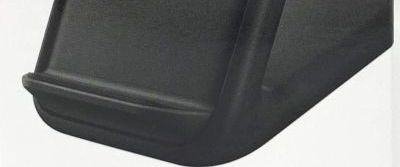

Reviews of The Best Wireless Charger:
Anker Wireless Charger, 2 Pack PowerWave Stand, Qi-Certified, 7.5W for iPhone 11, 11 Pro, 11 Pro Max, Xs Max, XR, XS, X, 8, 8Plus, 10W for Galaxy S20 S10 S9 S8, Note 10 Note 9 Note 8 (No AC Adapter)  – Best Overall
– Best Overall
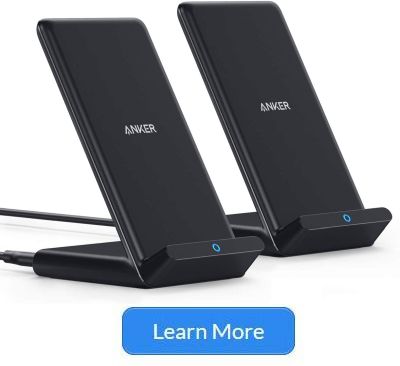 The Anker PowerWave Stand does not come with a power adapter, but includes a USB-A-to-micro-USB charging cable.
The Anker PowerWave Stand does not come with a power adapter, but includes a USB-A-to-micro-USB charging cable.
Its design is pretty ordinary and simple, with an all-grey plastic exterior. It has a fixed stand tilted at a 60-degree viewing angle, with a long base for stability.
A large rubber pad on the bottom keeps this light, plasticky stand from moving around.
Plug the charging cable into its rear micro-USB port and it is ready to use. You can place a smartphone in either portrait or landscape orientation for charging.
It took 1 hour 12 minutes to charge the iPhone SE 2020’s battery from 10 per cent to 60 per cent, for the fourth fastest timing in this round-up. This is pretty good, considering that the PowerWave Stand is the second cheapest of the eight wireless stands.
My only gripe is Anker not opting for the more popular USB-C port. That said, this is a no-frills and effective wireless charging stand with an affordable price.
Belkin F7U083ttBLK Wireless Charging Stand 10W (Wireless Charger for iPhone SE, 11, 11 Pro, 11 Pro Max, XS, XS Max, XR, X, 8, 8 Plus, Samsung Galaxy S20, S10, Note10 – Best Value
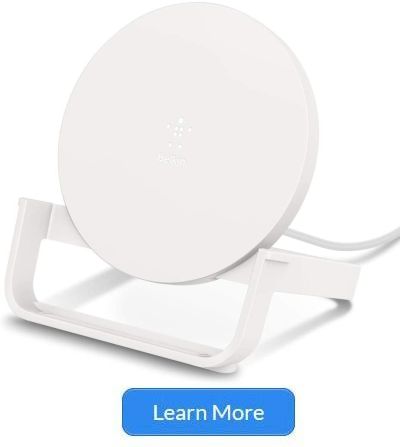 Available in black and white, the Belkin BoostUp Wireless Charging Stand has a rather unique design compared with the rest in this round-up.
Available in black and white, the Belkin BoostUp Wireless Charging Stand has a rather unique design compared with the rest in this round-up.
It has a circular charging pad propped up at 60 degrees with an inverted L-frame.
The longer side of the frame extends behind the charging pad for stability, while the shorter side holds the smartphone in place.
This design allows the smartphone to be placed in either portrait or landscape orientation for charging. Rubber grips on the frame prevent the stand from sliding around.
The BoostUp comes with a USB-A-to-micro-USB cable and a 10W power adapter. The micro-USB port is inside an indentation at the rear of the charging pad, so you will want to use the bundled cable to ensure a stable connection.
It took 1 hour 20 minutes to charge the iPhone SE 2020’s battery from 10 per cent to 60 per cent, for the sixth spot in this round-up.
Considering its price, this is a rather mediocre performance.
Moshi Otto Q Wireless Charger, Qi Certified, Fast-Charging Up to 10W Compatible with AirPods/AirPods Pro, iPhone SE 2/11/11 Pro/Pro Max/XR/XS Max/XS/X/8/8+, Galaxy S10/S9/S8/Note 10/9/8(No AC Adapter) – Best Budget
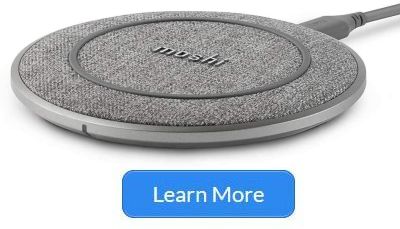 The Moshi Otto Q is probably the best-looking wireless charging stand in this round-up.
The Moshi Otto Q is probably the best-looking wireless charging stand in this round-up.
Unlike the conventional rectangular slab design of most wireless charging stands, it has a grey aluminium circular dish as a base. A round charging pad slides up and down a stainless steel rail stand that sits on the base.
Viewing angles of your smartphone during charging can go from 45 degrees to 58 degrees. But at 45 degrees, you can place the smartphone only in landscape orientation.
Both the surfaces of the base and the charging pad are clad in grey fabric for a premium look. It will certainly turn heads when you place it on your office table (when you are able to return to the office).
Its USB-C cable is integrated with the charging pad. So you never have to worry about losing the cable. But the Lounge Q does not come with a power adapter.
It took 1 hour 9 minutes to charge the iPhone SE 2020’s battery from 10 per cent to 60 per cent. This is the third fastest time in the round-up.
If you are willing to pay for looks and charging speed, this is the one to get.
Native Union Dock Wireless Charger Stand – High Speed [Qi Certified] 10W Versatile Fast Wireless Charging Stand – Compatible with iPhone 11/11 Pro/11 Pro Max/Xs/XS Max/XR/X/8 Plus (Slate) – Amazon Choice
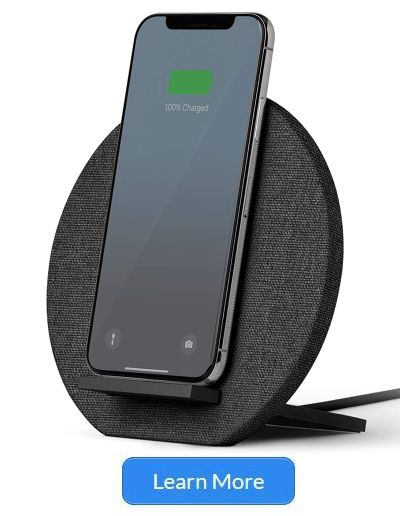 The Native Union Dock Wireless Charger is the only one in this round-up that requires assembly.
The Native Union Dock Wireless Charger is the only one in this round-up that requires assembly.
Out of the box, you get a large grey textile-textured circular charging pad with a rectangular slit near its flat bottom and a black metallic plate. Slot this plate through the slit and you get a great-looking stand.
But this design means there is no way to tilt the stand beyond its fixed 78-degree slant, which is not the best angle to look at your smartphone or swipe on its display.
However, its large surface area means you can charge your smartphone in either portrait or landscape orientation.
It does not come with a power adapter. And the USB-C port at its back is hard to access. You have to route the included USB-A-to-USB-C cable through a hole in the metallic plate to reach it.
In terms of charging speed, it took 1 hour 26 minutes to power up the iPhone SE 2020’s battery from 10 per cent to 60 per cent – the second slowest in this round-up.
Samsung Official 15W 2019 Fast Charge 2.0 Wireless Charger Stand (Black) – Runner-up
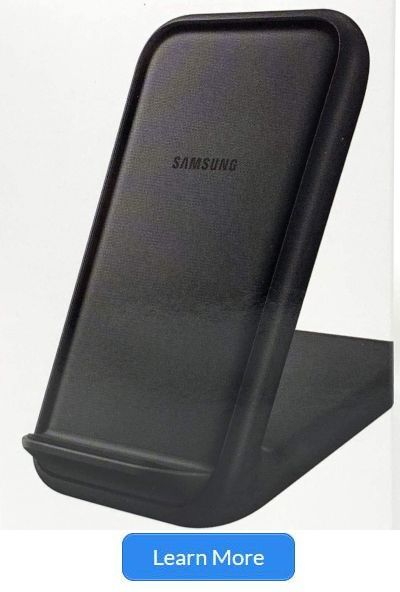
Samsung’s latest wireless charging stand might have a mundane all-black exterior. But it comes with a built-in fan cooling system to prevent your smartphone from over-heating.
There are vents running around the perimeter of its charging pad and the two longer sides of its bottom, to help cool your smartphone. At the rear of the charging pad, you can see the fan through a grille.
The charging pad is tilted at a fixed 50 degrees. Its dual-coil design ensures charging whether the smartphone is in a horizontal or vertical position.
The long rectangular base has rubber strips along its perimeter to prevent slippage. At the end of the base is a USB-C port. The package includes a USB-C-to-USB-C cable and a 25W power adapter.
The Samsung wireless charger charged the iPhone SE 2020’s battery from 10 per cent to 60 per cent in 1 hour 3 minutes, making it the top performer in this round-up.
If you do not mind its bland looks and fixed tilt, this is the one to get if you want a cooling and fast wireless charge.
Buyer Guide For Best Wireless Charger
For those looking to buy a new wireless charger, here are some factors to consider:
1. Check devices that you want to charge
Make sure that your smartphone — or other device — supports Qi wireless charging. Many Android phone manufacturers, like Samsung, have included wireless charging support in their flagship phones for years now. Apple introduced wireless charging support with the iPhone 8, 8 Plus, and iPhone X, and every iPhone since then has supported it.
Don’t assume your phone supports it, though, take the time to check. A few manufacturers still haven’t adopted wireless charging, and it’s less common in mid-range and budget devices.
2. How you will be using the wireless charger
The nightstand will be the ideal location for some, but you may prefer to have a wireless charger on your desk at work, on the kitchen counter at home, or perhaps all three. Different kinds of chargers will work better in different locations. For example, if it’s for the nightstand, you probably don’t want a wireless charger with a bright flashing light.
3. Top speed which your devices can charge at
At first, wireless chargers were capped at 5W, but you can get 10W or even 15W chargers now. However, the speed you can wirelessly charge your devices at is set by the manufacturer. At the time of writing, for example, the iPhone 11 Pro tops out at 7.5W, Google’s Pixel 4 can charge at 11W, and Samsung’s Galaxy S20 can charge at up to 15W.
4. Charging cable and adapter
Many wireless chargers are sold without a wall adapter, though they generally include a cable. It’s important to make sure that you have the right cable and adapter to enable the top charging speed. If you use a 5W adapter with a 10W charging pad, for example, you’re only going to get 5W charging.
Concluding Remarks
Buyers are often spoilt for choice when picking a suitable wireless charger that is worth the value. All the brands reviewed in this article have various feature that set one apart from the others. Choose the one which is suitable for you.
If you want to have the best overall, Anker Wireless Charger is the one to go for.
For best budget, Moshi Otto Q Wireless Charger is a clear choice.
Related Best Wireless Charger Resources
- Best mid-range smartphone cameras
- Huawei P40 Pro 5G Review
- Apple iPad Pro 12.9-inch (2020) Review
- Oppo Find X2 Pro 5G Review
- Gaming Monitors
- Laptops
- Monitor Accessories
- Printers
- Desktops
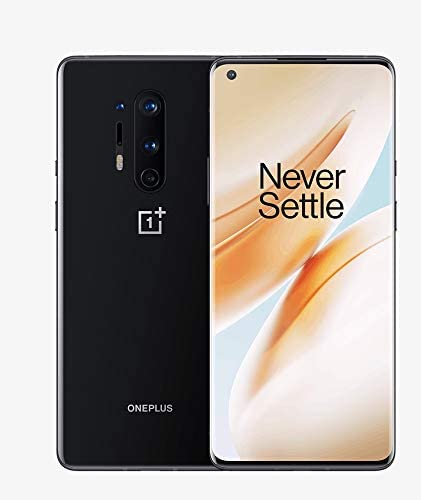

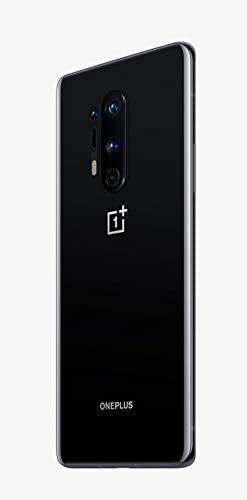 Display
Display